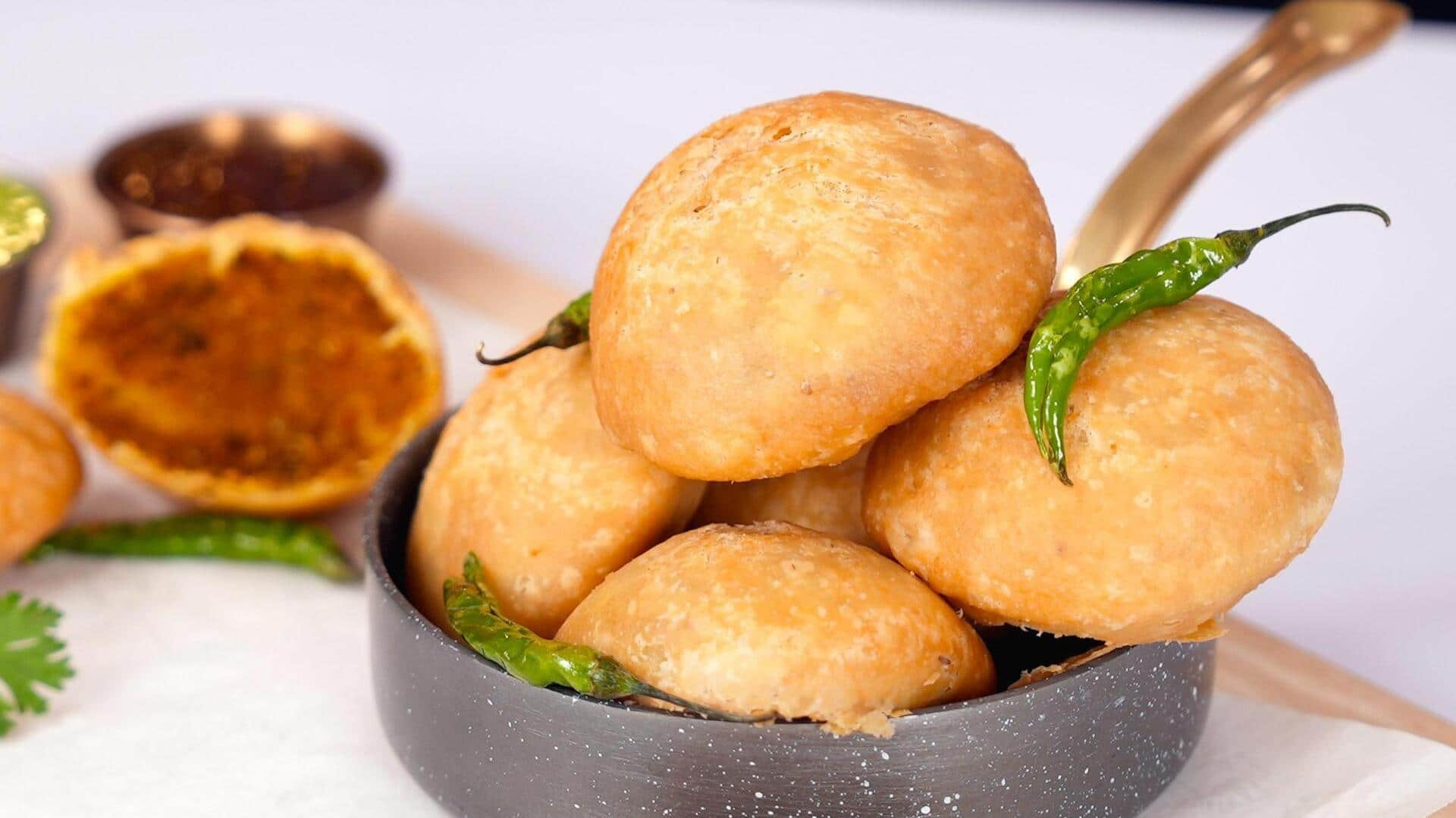
Journey of kachori: From ancient treat to street favorite
What's the story
Kachori, India's beloved snack, comes with a glorious history that is centuries old. From being the royal treat to becoming a popular street food, it has come a long way. This deep-fried pastry is generally stuffed with spiced lentils or peas, and is famous for its crispy texture and delicious filling. Over the years, kachori has become a staple of Indian cuisine, showcasing the diverse culinary traditions of various regions.
Historical roots
Ancient beginnings
The history of kachori goes back to ancient India when it was first made as a royal delicacy. Texts indicate that the savory snack was relished in the kitchens of kings and emperors. The first versions were made with simple ingredients such as flour and lentils, highlighting the creativity of ancient cooks who turned basic staples into delicious treats.
Diverse flavors
Regional variations
As kachori traveled through India, every region put its own spin on the recipe. Rajasthan usually goes for a spicy moong dal filling, while Uttar Pradesh prefers mashed potatoes or peas. These variations not only reflect local tastes and ingredients but also highlight India's culinary diversity, making sure there's a kachori for everyone's palate.
Popularity surge
Street food evolution
Over the past few decades, kachori has moved from the kitchen to the streets. From cities' vendors to local joints, everyone serves piping hot kachoris with spicy chutneys or yogurt-based dips. Its low-cost and delicious taste make it a favorite among people of all strata. The crowded streets of kachori stalls have become an identity of many Indian cities today.
Contemporary twists
Modern adaptations
Today's chefs are also innovating with kachori recipes, trying out fillings like paneer or mixed vegetables to suit changing palates and diets. Some even introduce global elements like cheese or herbs into traditional recipes without compromising on the essence of this classic snack. These modern takes ensure that while being rooted in tradition, kachoris continue to stay relevant in modern kitchens.